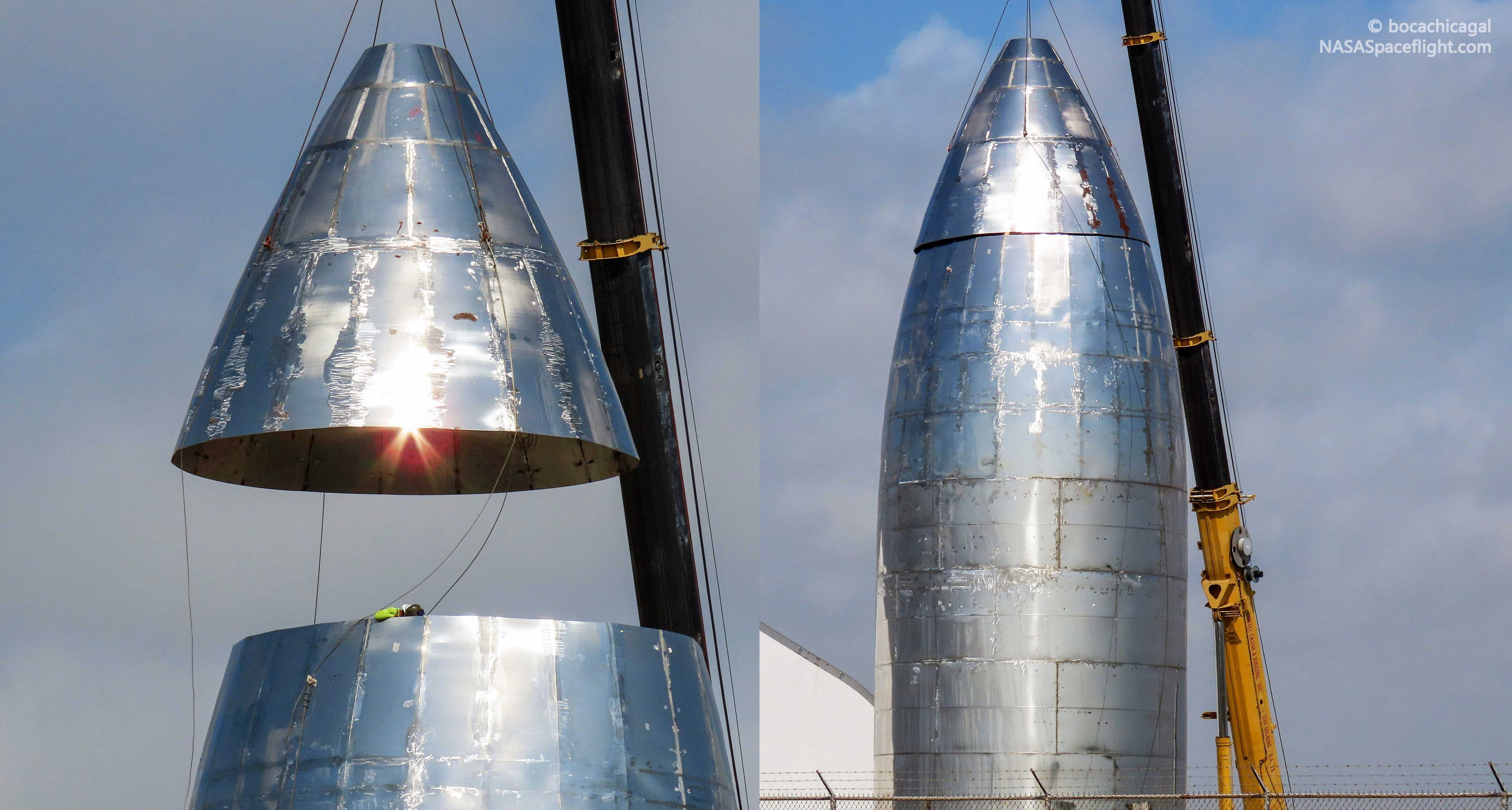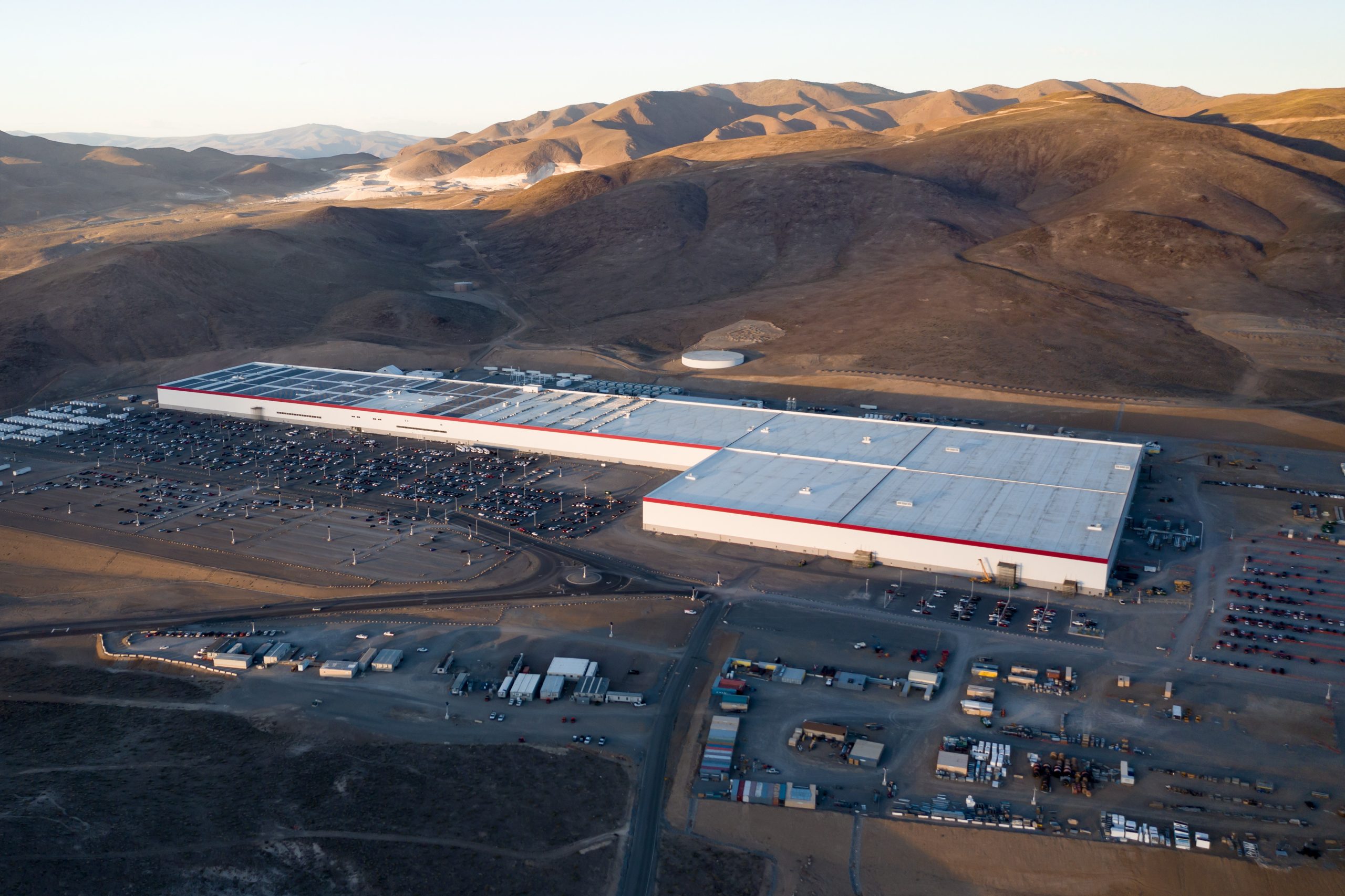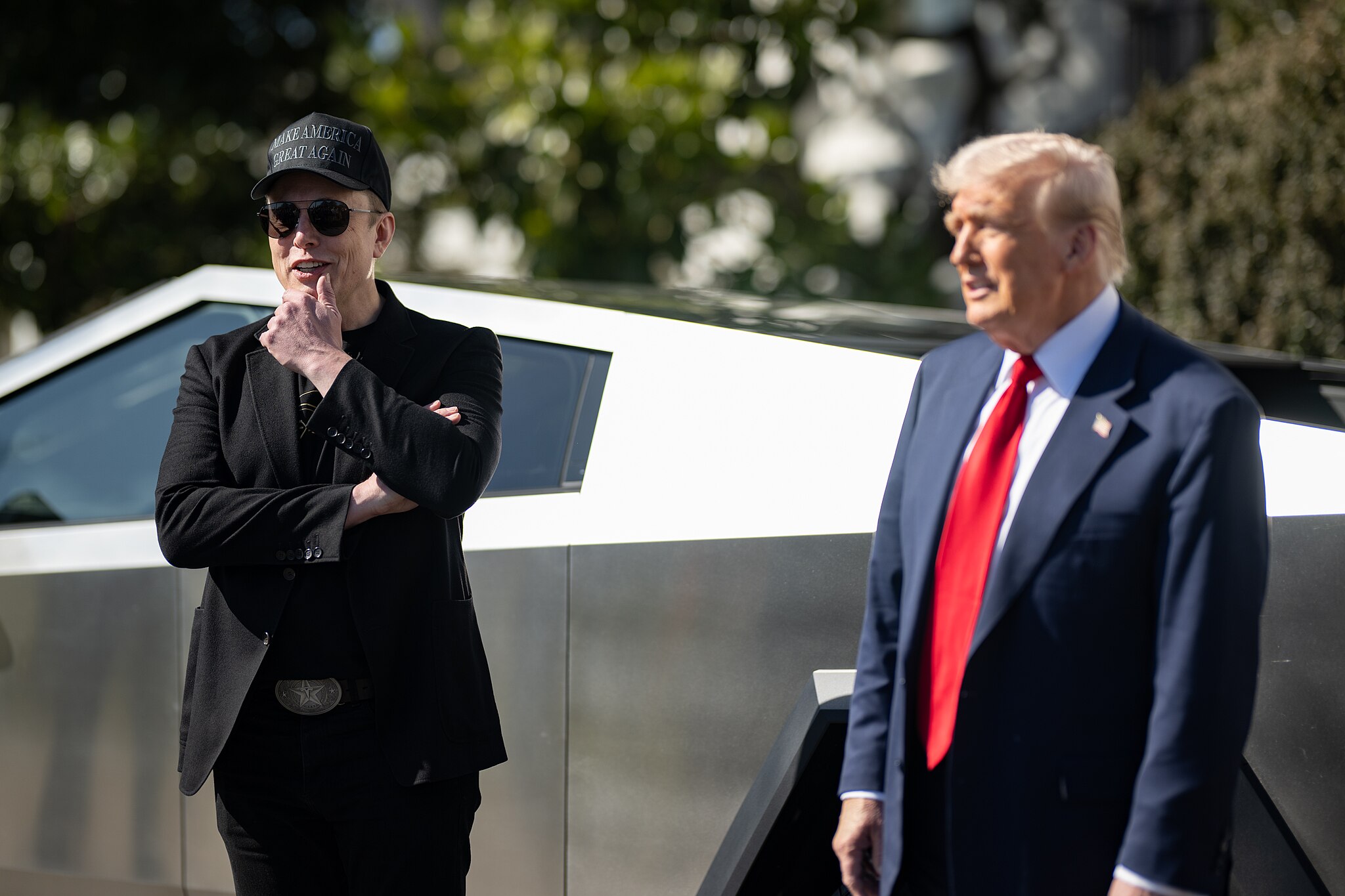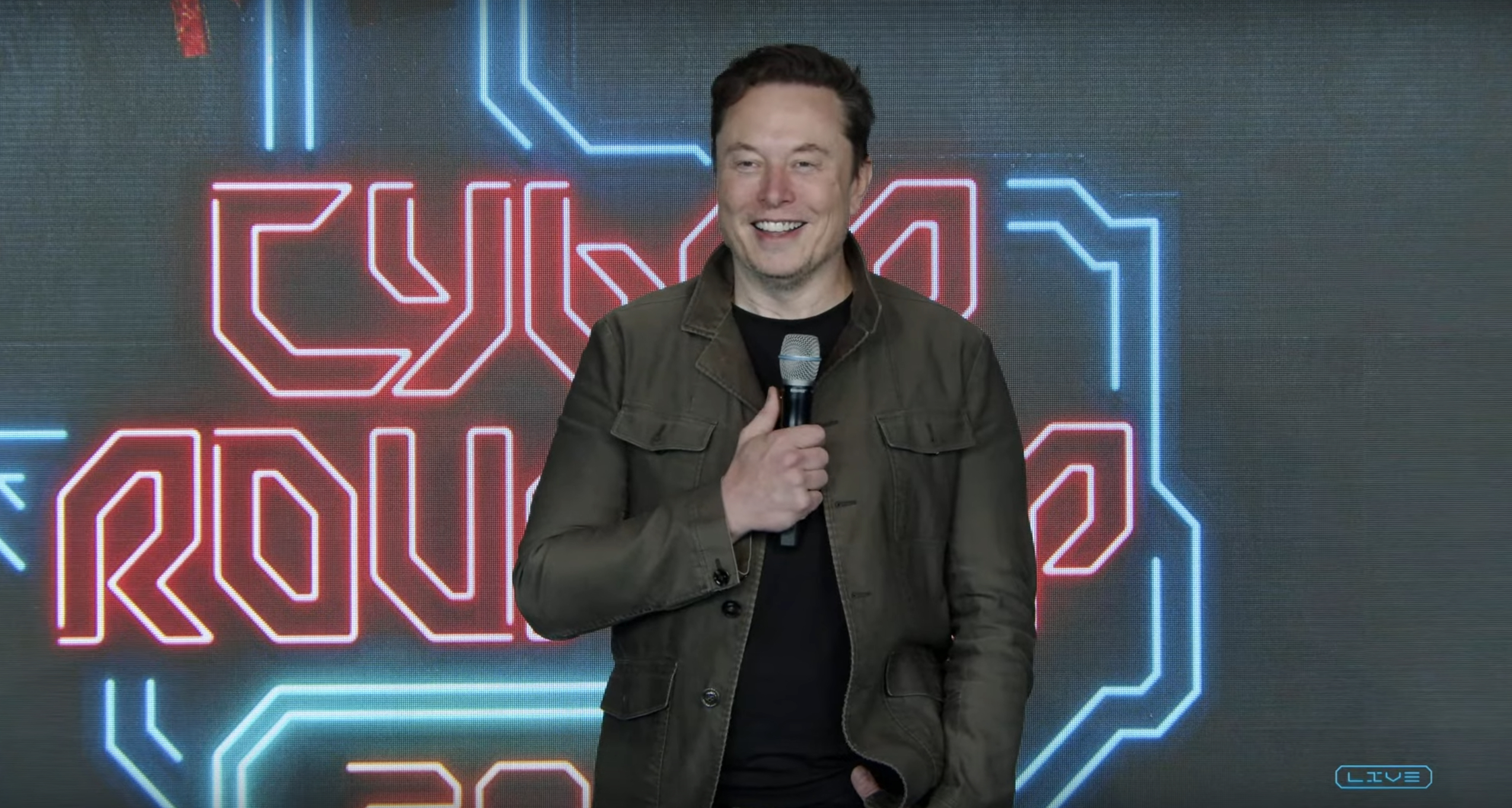

News
SpaceX’s orbital Starship gains a nose as East Coast prototype makes progress
On May 20th, SpaceX technicians successfully stacked a nosecone on top of the company’s Boca Chica orbital Starship prototype. Simultaneously, a separate team of technicians and engineers have been hard at work building a second similar-but-different Starship prototype near Cape Canaveral, Florida.
Officially confirmed last week by Elon Musk, the SpaceX CEO revealed that the company was not only building two orbital Starship prototypes simultaneously – not news in itself – but that those prototypes were being built as a sort of internal competition between different teams and ideas. The competition is not cutthroat – knowledge is shared between Texas and Florida – but the strategy is fairly similar. In lieu of actual commercial competitors, SpaceX is attempting to compete with itself to more rapidly and effectively develop a brand new launch vehicle – the stainless steel Starship/Super Heavy.
A Starship rises in the East
In just the last week, both SpaceX groups have made major progress. On the East Coast, the general public saw the first photo of SpaceX’s Florida Starship build precisely seven days ago. It appears that SpaceX has more or less taken over a Cocoa, Florida facility known to be the prior home of Coastal Steel, a repeat NASA contractor known for steelwork.
It’s unclear if SpaceX has fully acquired Coastal Steel or is simply partnering with the small company in the early stages of its Florida Starship buildup. Regardless, even from perspectives quite a bit more distant than those available in Texas, it’s clear that the metal workmanship is at least on par with Boca Chica, if not giving them a run for their money.
Admittedly, the playing field is not exactly level. SpaceX’s South Texas team has been working just a few thousand feet away from the unobstructed Gulf of Mexico in conditions that would make for an excellent traditional-aerospace horror show. Aside from a lone tent, all welding, assembly, integration, and testing has been done while fully exposed to the elements. SpaceX’s Florida team appears to have the luxury of an established warehouse – previously used for steelwork – to use as a covered and partially insulated work and staging area. The Florida team effectively had everything they needed (give or take) on hand from the moment work began, while Texas had to quite literally build all of its facilities from nothing.
Be it the facility luxuries or Cape Canaveral’s far larger pool of local aerospace talent, it’s clear that SpaceX’s Florida team will be a competitive force to be reckoned with despite Texas’ apparent head start. In the seven days since the first photos of the Florida Starship were published, SpaceX technicians have almost doubled the height of the largest welded section, raising it from ~5.5m to ~9m (18-30 ft).

Meanwhile, those working inside the staging warehouse continue to crank out 2x9m subsections, already making way for what appears to be the first tapered nose section of the Florida Starship. At this rate, Florida could very well catch up to SpaceX’s Texas Starship just a month or two from now. It’s worth noting that the Florida team does not appear to be involved in any Starhopper activities. SpaceX Boca Chica, on the other hand, has spent a major portion of the last several months building out Starhopper and preparing the odd prototype for untethered hop tests.
The (slightly) Old(er) Guard
Despite Starship Florida’s rapid progress, Starship Texas has not exactly been standing around. In the last week or so, SpaceX technicians and engineers have been simultaneously working on major new integration, assembly, and test campaigns with both Starhopper and the first orbital Starship prototype. A dedicated Starhopper article will come later this week as SpaceX’s South Texas team nears Raptor reinstallation and an untethered hop test campaign, scheduled to begin as early as the end of May.

On the orbital Starship side of things, Boca Chica took a major symbolic step towards aeroshell completion by capping off the upper half of the prototype with a stainless steel nose section. Altogether, the Starship assembly now stands about 25m (80 ft) tall from tip to tail, roughly 60% as tall as a Falcon 9 booster (first stage). With the installation of the craft’s nose, SpaceX has also implicitly confirmed that most – if not all – of the Starship prototype’s tankage still needs to be built, unless a great deal of hardware is hiding inside Boca Chica’s on-site tent.
What could either be the orbital Starship’s seven-Raptor engine section or the start of its liquid oxygen or methane tank is also being built a few hundred feet distant. That mystery segment was recently lifted onto a second concrete jig for easier access, while SpaceX has also been hard at work building a dedicated integration facility similar to the warehouse being used in Florida.

Altogether, SpaceX’s South Texas team appears to be 30-40% away from completing a Starship-sized steel aeroshell. A huge amount of work remains to be done on the inside of the theoretically orbit-capable vehicle, including propellant tanks, a thrust structure capable of supporting seven Raptor engines, landing legs/fins, and a jungle of plumbing and avionics installation. Still, the amount of progress already visible is undeniably impressive, made even more intriguing by the existence of a separate Starship build effort to the east.
Check out Teslarati’s Marketplace! We offer Tesla accessories, including for the Tesla Cybertruck and Tesla Model 3.
Elon Musk
Tesla reveals it is using AI to make factories more sustainable: here’s how
Tesla is using AI in its Gigafactory Nevada factory to improve HVAC efficiency.

Tesla has revealed in its Extended Impact Report for 2024 that it is using Artificial Intelligence (AI) to enable its factories to be more sustainable. One example it used was its achievement of managing “the majority of the HVAC infrastructure at Gigafactory Nevada is now AI-controlled” last year.
In a commitment to becoming more efficient and making its production as eco-friendly as possible, Tesla has been working for years to find solutions to reduce energy consumption in its factories.
For example, in 2023, Tesla implemented optimization controls in the plastics and paint shops located at Gigafactory Texas, which increased the efficiency of natural gas consumption. Tesla plans to phase out natural gas use across its factories eventually, but for now, it prioritizes work to reduce emissions from that energy source specifically.
It also uses Hygrometric Control Logic for Air Handling Units at Giafactory Berlin, resulting in 17,000 MWh in energy savings each year. At Gigafactory Nevada, Tesla saves 9.5 GWh of energy through the use of N-Methylpyrrolidone refineries when extracting critical raw material.
Perhaps the most interesting way Tesla is conserving energy is through the use of AI at Gigafactory Nevada, as it describes its use of AI to reduce energy demand:
“In 2023, AI Control for HVAC was expanded from Nevada and Texas to now include our Berlin-Brandenburg and Fremont factories. AI Control policy enables HVAC systems within each factory to work together to process sensor data, model factory dynamics, and apply control actions that safely minimize the energy required to support production. In 2024, this system achieved two milestones: the majority of HVAC infrastructure at Gigafactory Nevada is now AI-controlled, reducing fan and thermal energy demand; and the AI algorithm was extended to manage entire chiller plants, creating a closed-loop control system that optimizes both chilled water consumption and the energy required for its generation, all while maintaining factory conditions.”
Tesla utilizes AI Control “primarily on systems that heat or cool critical factory production spaces and equipment.” AI Control communicates with the preexisting standard control logic of each system, and any issues can be resolved by quickly reverting back to standard control. There were none in 2024.
Tesla says that it is utilizing AI to drive impact at its factories, and it has proven to be a valuable tool in reducing energy consumption at one of its facilities.
Elon Musk
Tesla analysts believe Musk and Trump feud will pass
Tesla CEO Elon Musk and U.S. President Donald Trump’s feud shall pass, several bulls say.

Tesla analysts are breaking down the current feud between CEO Elon Musk and U.S. President Donald Trump, as the two continue to disagree on the “Big Beautiful Bill” and its impact on the country’s national debt.
Musk, who headed the Department of Government Efficiency (DOGE) under the Trump Administration, left his post in May. Soon thereafter, he and President Trump entered a very public and verbal disagreement, where things turned sour. They reconciled to an extent, and things seemed to be in the past.
However, the second disagreement between the two started on Monday, as Musk continued to push back on the “Big Beautiful Bill” that the Trump administration is attempting to sign into law. It would, by Musk’s estimation, increase spending and reverse the work DOGE did to trim the deficit.
Every member of Congress who campaigned on reducing government spending and then immediately voted for the biggest debt increase in history should hang their head in shame!
And they will lose their primary next year if it is the last thing I do on this Earth.
— Elon Musk (@elonmusk) June 30, 2025
President Trump has hinted that DOGE could be “the monster” that “eats Elon,” threatening to end the subsidies that SpaceX and Tesla receive. Musk has not been opposed to ending government subsidies for companies, including his own, as long as they are all abolished.
How Tesla could benefit from the ‘Big Beautiful Bill’ that axes EV subsidies
Despite this contentious back-and-forth between the two, analysts are sharing their opinions now, and a few of the more bullish Tesla observers are convinced that this feud will pass, Trump and Musk will resolve their differences as they have before, and things will return to normal.
ARK Invest’s Cathie Wood said this morning that the feud between Musk and Trump is another example of “this too shall pass:”
BREAKING: CATHIE WOOD SAYS — ELON AND TRUMP FEUD “WILL PASS” 👀 $TSLA
She remains bullish ! pic.twitter.com/w5rW2gfCkx
— TheSonOfWalkley (@TheSonOfWalkley) July 1, 2025
Additionally, Wedbush’s Dan Ives, in a note to investors this morning, said that the situation “will settle:”
“We believe this situation will settle and at the end of the day Musk needs Trump and Trump needs Musk given the AI Arms Race going on between the US and China. The jabs between Musk and Trump will continue as the Budget rolls through Congress but Tesla investors want Musk to focus on driving Tesla and stop this political angle…which has turned into a life of its own in a roller coaster ride since the November elections.”
Tesla shares are down about 5 percent at 3:10 p.m. on the East Coast.
Elon Musk
Tesla scrambles after Musk sidekick exit, CEO takes over sales
Tesla CEO Elon Musk is reportedly overseeing sales in North America and Europe, Bloomberg reports.

Tesla scrambled its executives around following the exit of CEO Elon Musk’s sidekick last week, Omead Afshar. Afshar was relieved of his duties as Head of Sales for both North America and Europe.
Bloomberg is reporting that Musk is now overseeing both regions for sales, according to sources familiar with the matter. Afshar left the company last week, likely due to slow sales in both markets, ending a seven-year term with the electric automaker.
Tesla’s Omead Afshar, known as Elon Musk’s right-hand man, leaves company: reports
Afshar was promoted to the role late last year as Musk was becoming more involved in the road to the White House with President Donald Trump.
Afshar, whose LinkedIn account stated he was working within the “Office of the CEO,” was known as Musk’s right-hand man for years.
Additionally, Tom Zhu, currently the Senior Vice President of Automotive at Tesla, will oversee sales in Asia, according to the report.
It is a scramble by Tesla to get the company’s proven executives over the pain points the automaker has found halfway through the year. Sales are looking to be close to the 1.8 million vehicles the company delivered in both of the past two years.
Tesla is pivoting to pay more attention to the struggling automotive sales that it has felt over the past six months. Although it is still performing well and is the best-selling EV maker by a long way, it is struggling to find growth despite redesigning its vehicles and launching new tech and improvements within them.
The company is also looking to focus more on its deployment of autonomous tech, especially as it recently launched its Robotaxi platform in Austin just over a week ago.
However, while this is the long-term catalyst for Tesla, sales still need some work, and it appears the company’s strategy is to put its biggest guns on its biggest problems.
-

 Elon Musk1 day ago
Elon Musk1 day agoTesla investors will be shocked by Jim Cramer’s latest assessment
-

 News6 days ago
News6 days agoTesla Robotaxi’s biggest challenge seems to be this one thing
-

 News2 weeks ago
News2 weeks agoTesla’s Grok integration will be more realistic with this cool feature
-

 Elon Musk2 weeks ago
Elon Musk2 weeks agoElon Musk slams Bloomberg’s shocking xAI cash burn claims
-

 News2 weeks ago
News2 weeks agoTesla China roars back with highest vehicle registrations this Q2 so far
-

 News2 weeks ago
News2 weeks agoTexas lawmakers urge Tesla to delay Austin robotaxi launch to September
-

 News2 weeks ago
News2 weeks agoTesla dominates Cars.com’s Made in America Index with clean sweep
-

 Elon Musk1 week ago
Elon Musk1 week agoFirst Look at Tesla’s Robotaxi App: features, design, and more




















